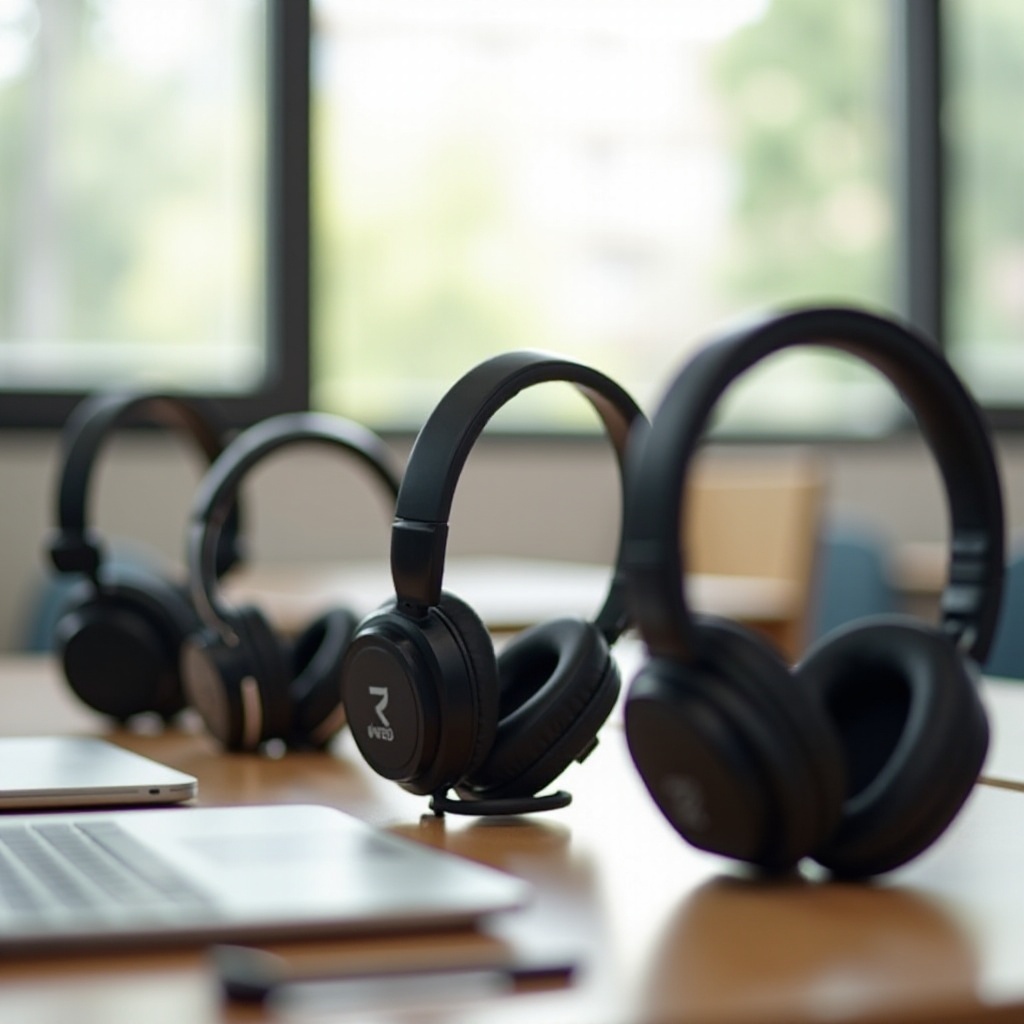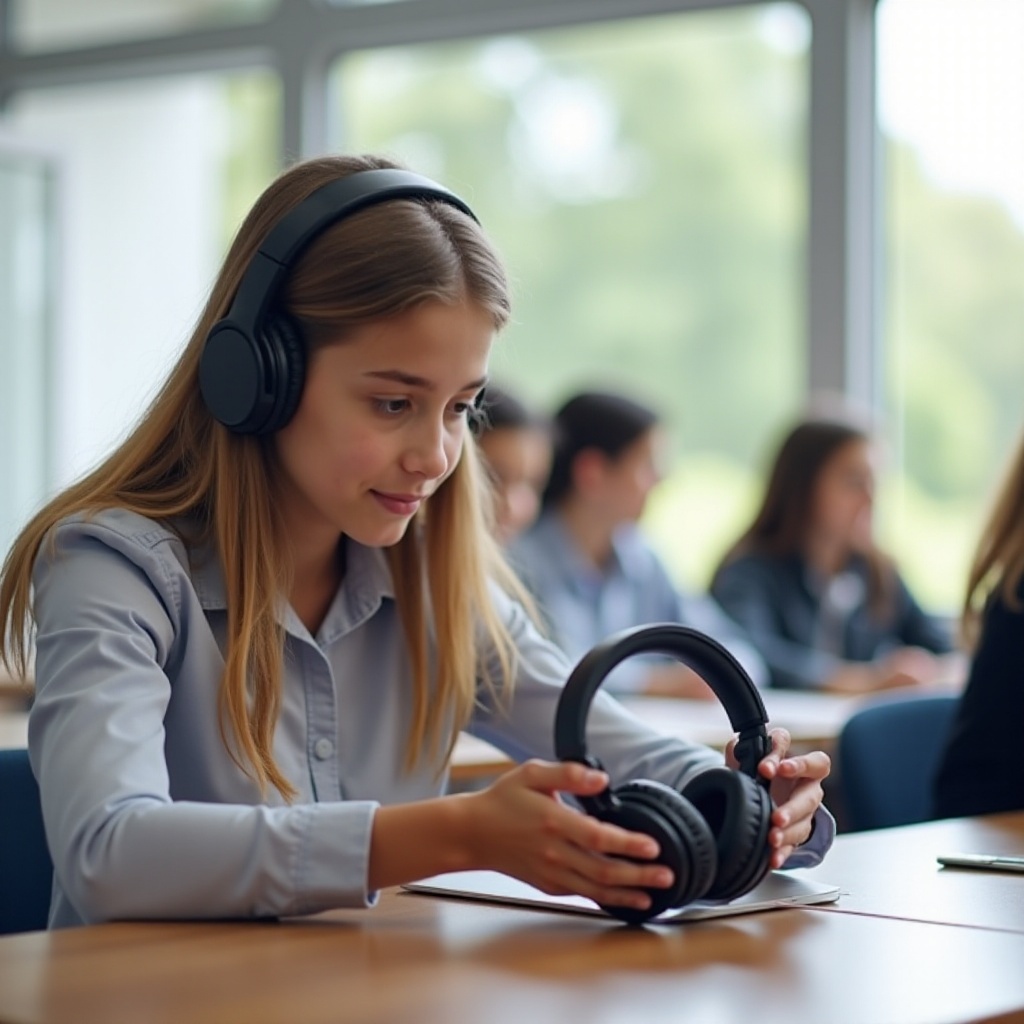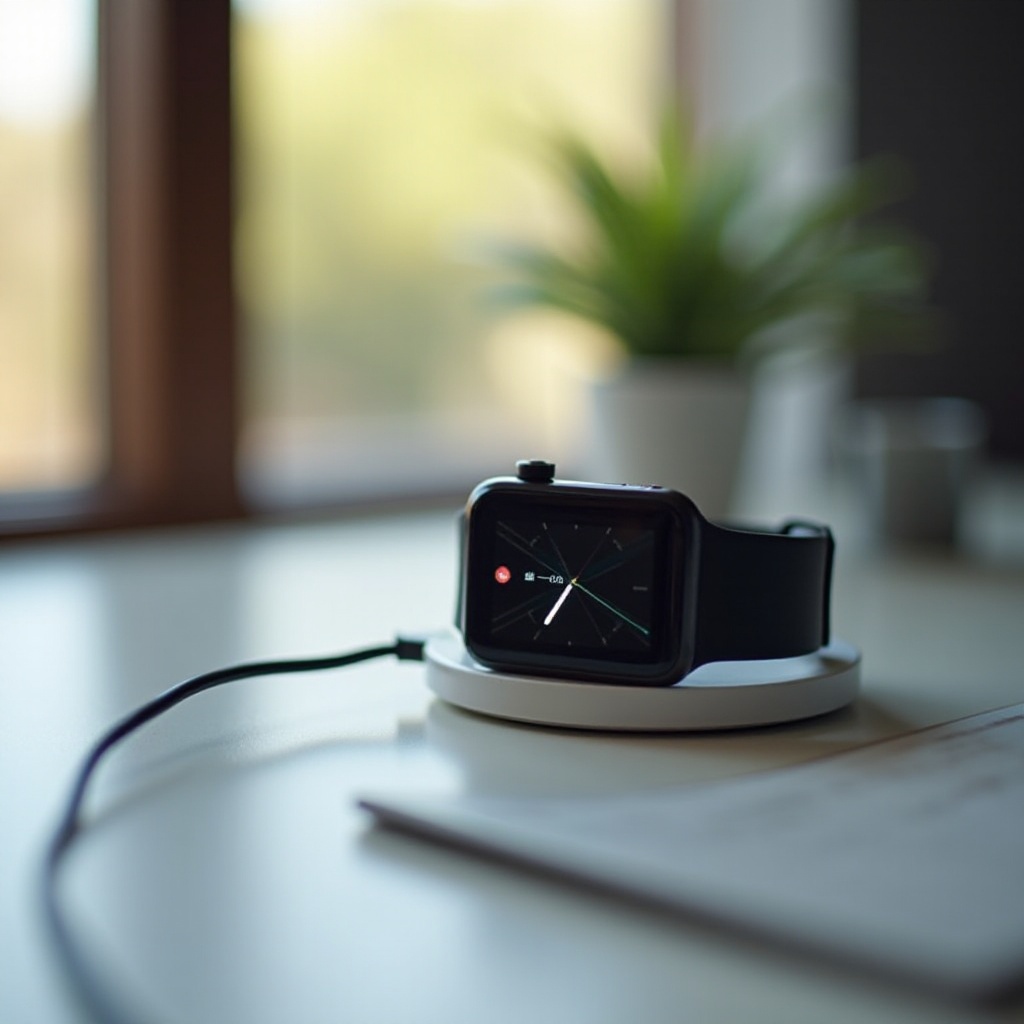What Kind of Headsets Do Students Need in School?
Introduction
Choosing the right headset can greatly enhance a student’s learning experience. As online classes and digital learning become increasingly common in education, the quality of audio tools students use can significantly affect their ability to focus and absorb information. In this blog, we’ll explore the importance of quality headsets, essential features students should look for, the various types available, and the pros and cons of wired versus wireless options. Plus, we’ll recommend some top headset models and provide tips on how to maintain them for optimal performance.

The Significance of Quality Headsets in Modern Education
Quality headsets play a crucial role in the educational sphere. Clear audio aids students in understanding lessons, focusing on tasks, and actively participating in group discussions. Additionally, headsets with good microphones enable clear communication, which is vital for virtual classes and collaborative projects. Proper headsets can minimize external distractions, allowing students to immerse themselves fully in their studies. Ultimately, investing in the right headset boosts productivity and enhances the overall educational experience, paving the way for academic success.
Core Features to Look for in Student Headsets
When selecting headsets for students, certain features should not be compromised.
- Comfort: Look for adjustable headbands and cushioned ear pads for long-term comfort during extended study sessions.
- Durability: Choose headsets made with sturdy materials that can withstand everyday wear and tear.
- Sound Quality: Opt for headsets that offer clear and crisp sound to ensure students do not miss any details during lessons.
- Microphone Quality: Ensure the headset has a good-quality microphone for clear communication during virtual classes.
- Noise Cancellation: This feature can help focus by blocking out background noise, especially in noisy environments.
- Battery Life: For wireless headsets, long battery life is crucial for uninterrupted learning.
- Compatibility: Ensure the headset is compatible with the devices being used, whether it’s a laptop, tablet, or smartphone.
By keeping these core features in mind, you can select a headset that best suits the student’s educational needs.
Types of Headsets Suitable for Students
Headsets come in various styles, each with its own benefits. Understanding these types can help students make an informed decision based on their study habits.
On-Ear Headsets
On-ear headsets sit on top of the ears and are often lightweight and portable. They provide good sound quality and comfort for short-term use. However, they may lack the same level of noise cancellation as over-ear models.
Over-Ear Headsets
Over-ear headsets cover the entire ear, providing superior sound quality and noise cancellation. They are ideal for a noise-free study environment and long-term use due to their comfort. However, they tend to be bulkier and less portable.
In-Ear Headsets
In-ear headsets, or earbuds, are compact and highly portable. They can offer decent sound quality and comfort for short-term use. They are less effective for noise cancellation but are perfect for students on the go.
Each type of headset offers its own unique set of advantages, allowing students to choose one based on their specific needs and environment.

Wired vs. Wireless Headsets: Pros and Cons
Deciding between wired and wireless headsets depends on individual preferences and priorities. Let’s explore the pros and cons of each.
Wired Headsets
Pros:
1. No need for batteries: Wired headsets do not require charging and can be used at any time.
2. Consistent audio quality: They offer stable sound without connectivity issues.
3. Cost-effective: Generally, wired headsets are less expensive.
Cons:
1. Restricted movement: The cable can limit mobility and may become tangled.
2. Port dependency: Requires a device with a compatible audio jack.
Wireless Headsets
Pros:
1. Freedom of movement: Wireless headsets offer mobility without the constraint of cables.
2. Convenience: Ideal for versatile use with multiple devices via Bluetooth.
3. Modern features: Often come with advanced features like touch controls and voice assistant compatibility.
Cons:
1. Battery life: Requires regular charging, which can be inconvenient.
2. Potential connectivity issues: Can experience pairing or signal interruptions.
Weighing these pros and cons can help determine which type of headset aligns with a student’s learning style and daily activities.
Top Headset Recommendations for Students
Here are some top picks based on budget, premium quality, and noise-cancelling features.
Budget-Friendly Options
- JBL T450 Wired On-Ear Headphones: Affordable, lightweight, and provides decent sound quality for everyday use.
- Sony WH-CH510 Wireless Headset: Offers good battery life at a budget-friendly price.
Premium Models
- Bose QuietComfort 35 Series II: Known for superior sound quality and comfort, ideal for long study sessions.
- Sony WH-1000XM4: Premium noise-cancelling features and top-notch sound quality.
Best for Noise Cancellation
- Anker Soundcore Life Q20: Offers excellent noise cancellation at a mid-range price.
- Apple AirPods Pro: Compact, top-tier noise cancellation and sound quality, ideal for Apple users.
Each of these headsets caters to different needs and budgets, ensuring there is something for everyone.
Tips for Maintaining and Caring for Headsets
To ensure headsets last long, proper care is essential. Here are some tips:
- Regular Cleaning: Wipe down the headsets regularly with a dry cloth to remove dust and grime.
- Proper Storage: Store headsets in a case or designated spot to prevent damage.
- Cable Management: For wired headsets, avoid tangling and pull the plug gently to prevent wear.
- Battery Care: For wireless headsets, avoid overcharging and let the battery run out occasionally to maintain battery health.
By following these maintenance steps, students can extend the lifespan and performance of their headsets.

Conclusion
Selecting the right headset can profoundly impact a student’s learning experience. By considering the types, features, and weighing the pros and cons of wired versus wireless options, you can make an informed decision. Investing in a quality headset tailored to the student’s needs will enhance their focus, communication, and overall educational experience.
Frequently Asked Questions
What is the ideal battery life for wireless headsets used by students?
A battery life of at least 10-12 hours is ideal for wireless headsets to ensure they last through a full day of classes and study sessions.
Are noise-cancelling headsets worth it for school use?
Yes, noise-cancelling headsets are worth it for creating a distraction-free study environment, which can help improve focus and learning efficiency.
How often should headsets be replaced for optimal performance?
Headsets should be replaced every 1-2 years, depending on usage and maintenance, to ensure optimal performance and hygiene.

